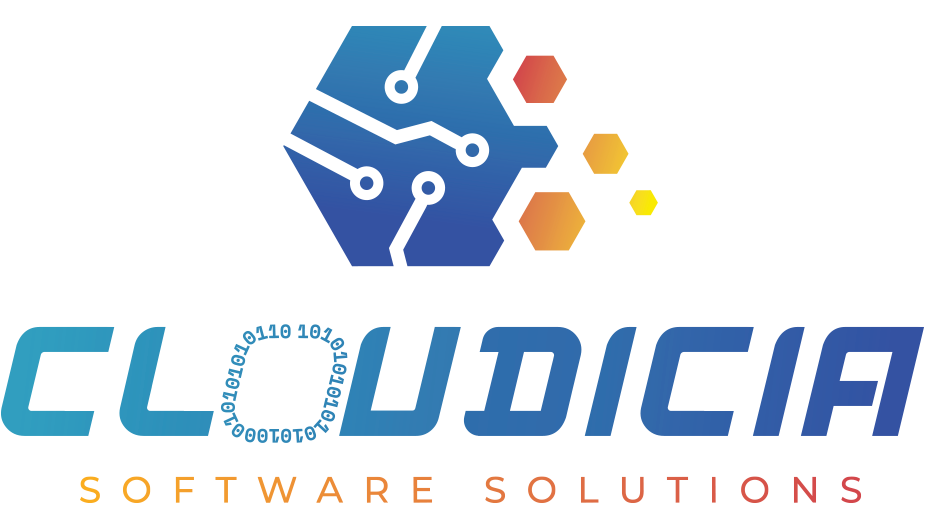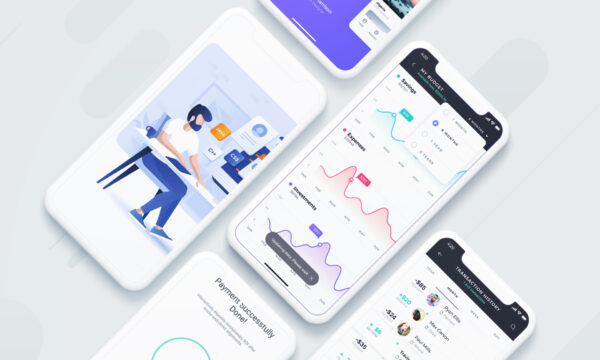Vector Databases: Revolutionizing Personalized Recommendations
Introduction: Making Recommendations Smarter
Personalized recommendations are a big part of our daily lives. Whether you’re watching a movie on Netflix, shopping on Amazon, or listening to music on Spotify, you expect suggestions that match your taste. Traditional recommendation systems work by following rules or using data from other users. But they don’t always get it right, especially for unique preferences.
This is where vector databases come in. These databases are smarter because they use advanced math and machine learning to understand what users want. By looking at patterns and meanings behind data, they create more accurate and helpful recommendations.
How Do Vector Databases Work?
Vector databases store information as vectors, which are mathematical objects. These vectors help a system understand the meaning and relationships between data, like a user’s preferences or product features.
Here’s how it works:
- Create Vectors: Text, images, and user behavior are converted into vectors using AI models like Word2Vec or BERT.
- Store Vectors: These vectors are saved in a special database, such as Pinecone, Weaviate, or Milvus.
- Find Matches: When a user interacts with the system (like searching or clicking), their action is also converted into a vector. The database then finds similar vectors, which represent relevant results.
Why Vector Databases Are Better for Recommendations
- They Understand Meaning: Vector databases focus on the meaning behind a search or interaction, not just matching keywords.
- Work Across Data Types: They can handle text, images, or even audio.
- Real-Time Updates: These systems learn and adapt quickly as users interact.
Vector databases enhancepersonalized recommendationsusing advanced AI
Real-World Examples of Vector Databases in Action
1. E-Commerce
- Scenario: A customer is looking for products similar to a shirt they liked.
- How It Works: The system stores product descriptions, images, and customer preferences as vectors. When the user interacts, it matches similar items.
- Example: After browsing a blue cotton shirt, the system suggests matching pants or accessories.
2. Streaming Platforms
- Scenario: A streaming service wants to increase watch time with better recommendations.
- How It Works: The platform analyzes what you’ve watched and uses that data to suggest new shows or movies with similar themes.
- Example: If you enjoy detective shows, it might recommend crime documentaries or suspense thrillers.
3. Travel Apps
- Scenario: A travel app wants to help users find their ideal vacation spot.
- How It Works: Destinations are turned into vectors based on reviews, images, and amenities. The app matches these to user preferences like budget, weather, or activities.
- Example: If you’re looking for a quiet beach holiday, the app might suggest hidden tropical islands.
4. Education
- Scenario: An online learning platform wants to recommend courses that match a student’s progress.
- How It Works: The system uses vectors to represent course content and tracks the student’s learning history to suggest the next steps.
- Example: After completing a beginner Python course, the student is recommended intermediate data science lessons.
Challenges with Vector Databases
- High Computing Power Needed: Processing so many vectors can require a lot of resources.
- Data Quality Matters: If the vectors are poorly created, the recommendations won’t be accurate.
- Difficult to Integrate: Adding vector databases to existing systems can take time and expertise.
As technology advances, vector databases will continue to play a critical role in building better, more human-like interactions in the digital world.









